COLOUR COLLECTION No.3.
The form and colour of a Plain English kitchen create a unique space that sets the scene for a lifetime of timeless rituals: tying an apron, drinking tea, burning the toast. These rituals continue to inform and inspire Plain English’s evolving collection of bespoke paint colours, available exclusively to our customers. This collection was put together by Kate Shaw and Interior Designer, Rita Konig.
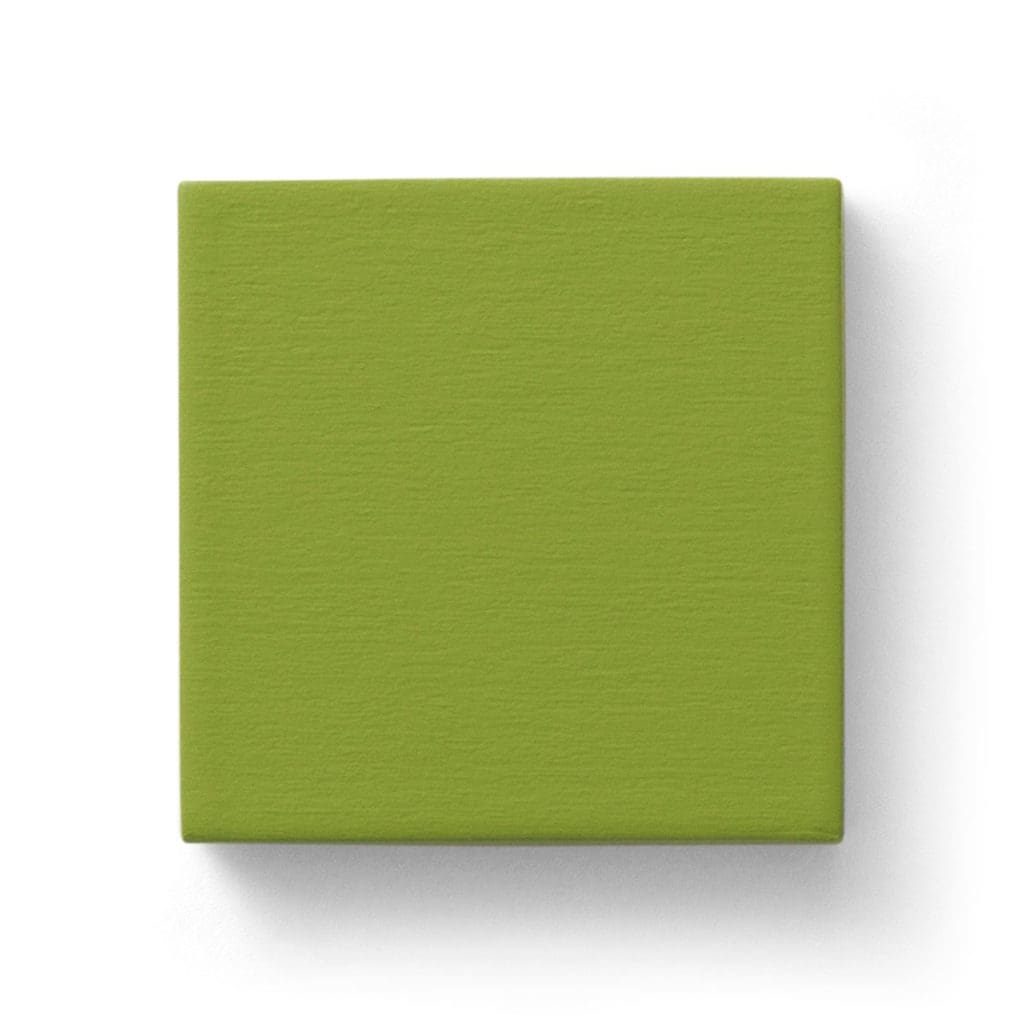
25. Moygashel
The sharp green of a field after rain, this colour was inspired by the village of Moygashel in County Tyrone, Northern Ireland.
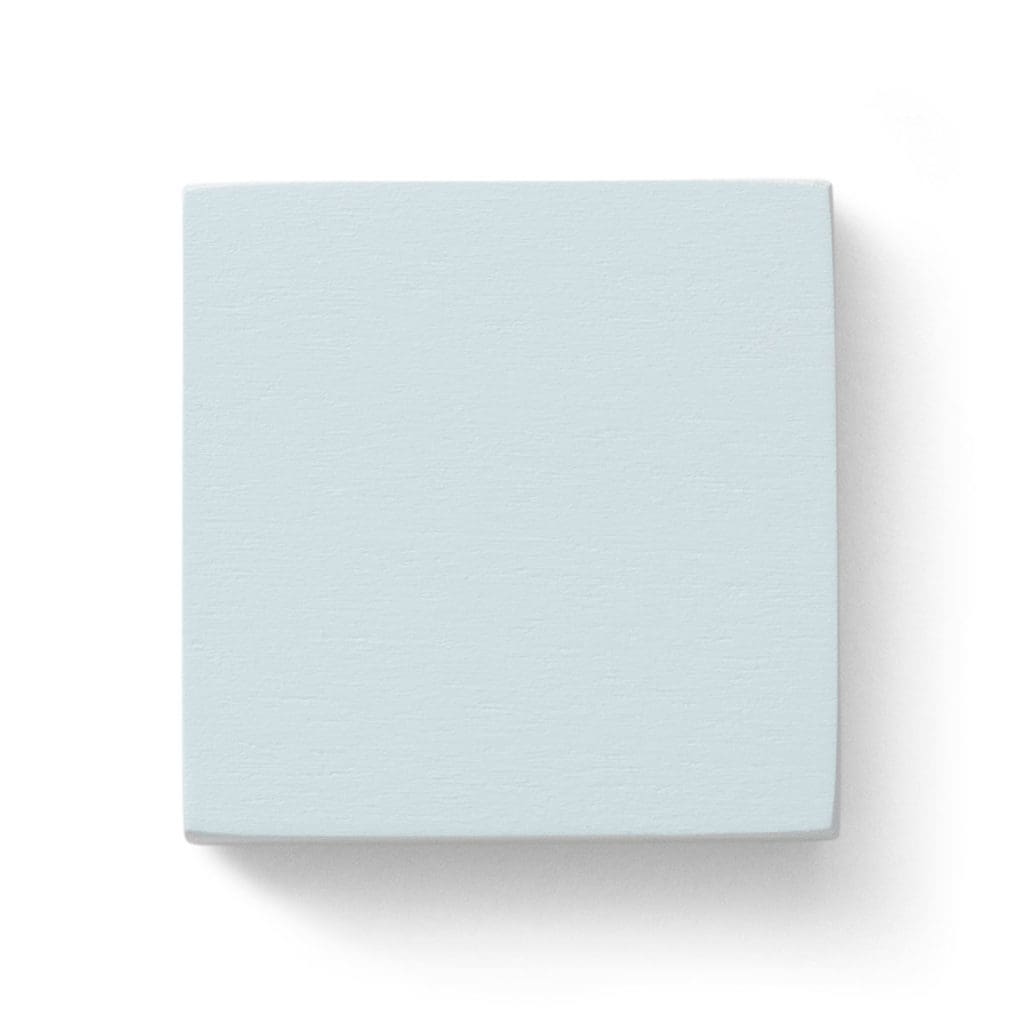
26. Cotton Pinny
A bleached-out, crispy clean blue inspired by the pinafore, traditionally worn to protect buttons and delicate fabric from corrosive soaps and detergents.
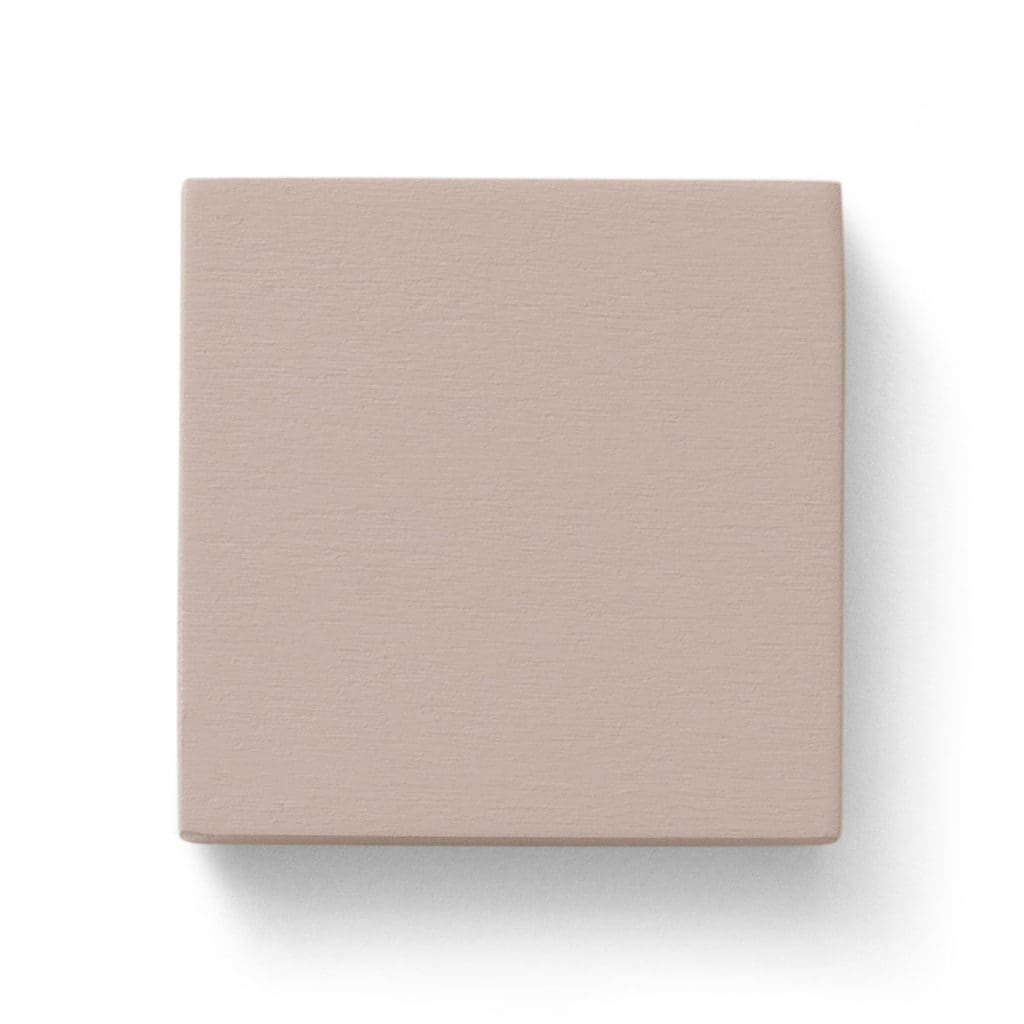
27. Mouldy Plum
A mercurial shade inspired by the seasonal bounty of the British plum tree.
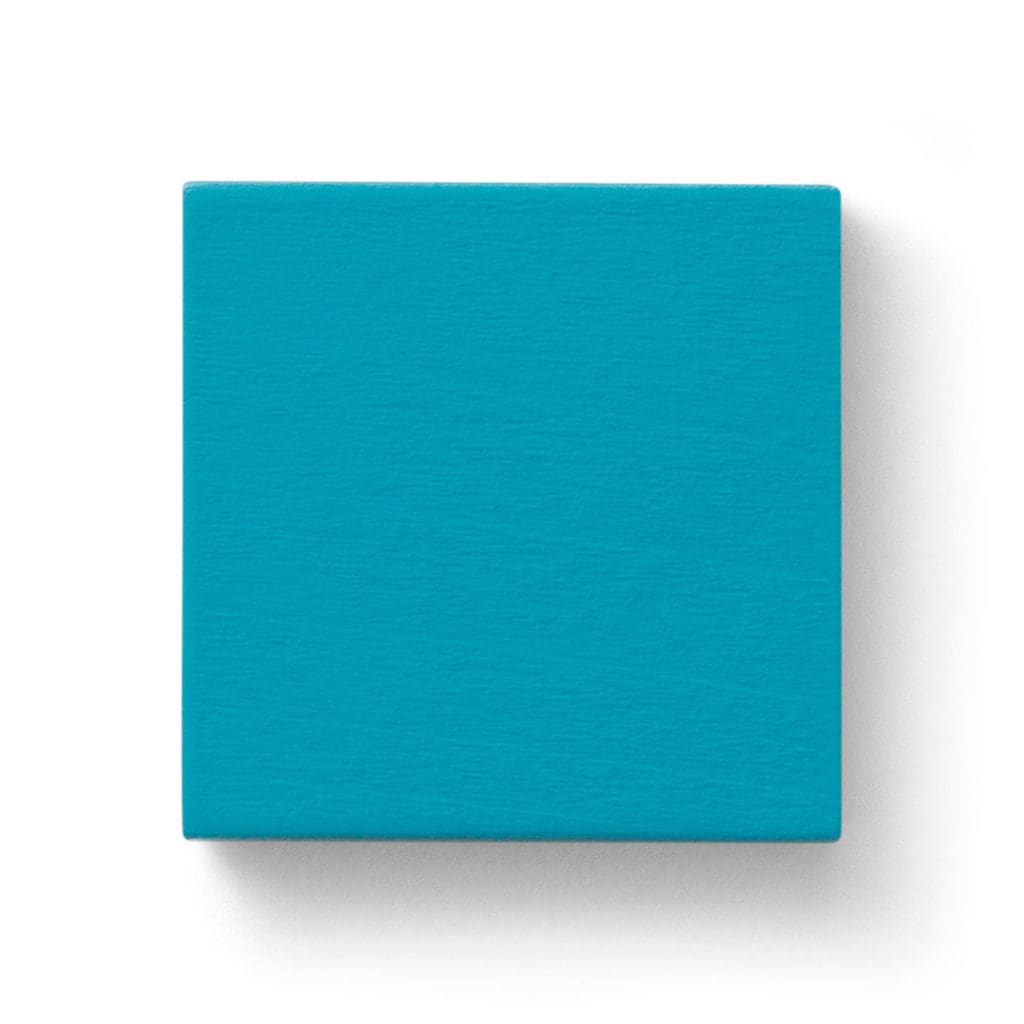
28. Tea Caddy
Inspired by the distinct blue found on an early 19c Chinese tea caddy, this vibrant hue celebrates the familiar ritual of tea making.
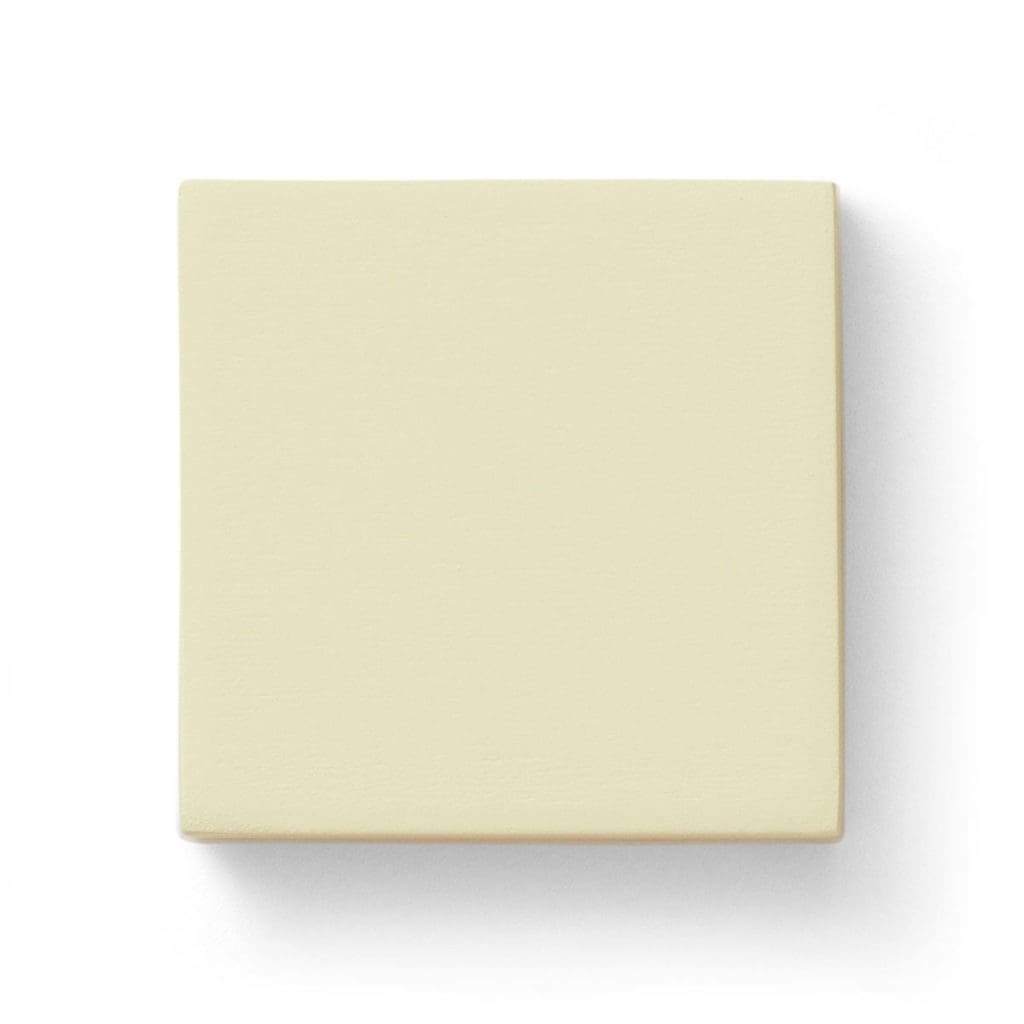
29. Flummery
This weathered neutral is named after the starchy, soft pudding that first appeared in Gervase Markham’s 1623 handbook.
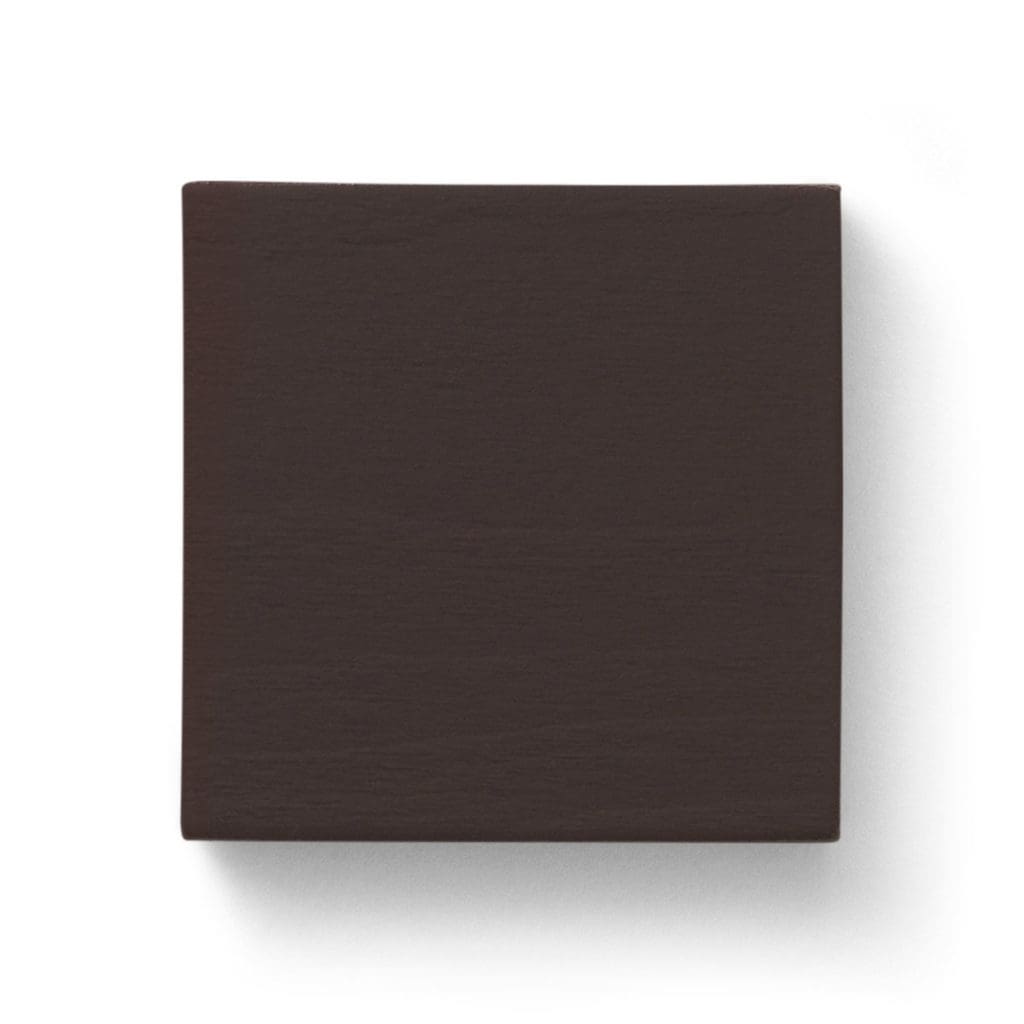
30. Burnt Toast
The nostalgic aroma of burnt toast is captured in this dense and complex colour.
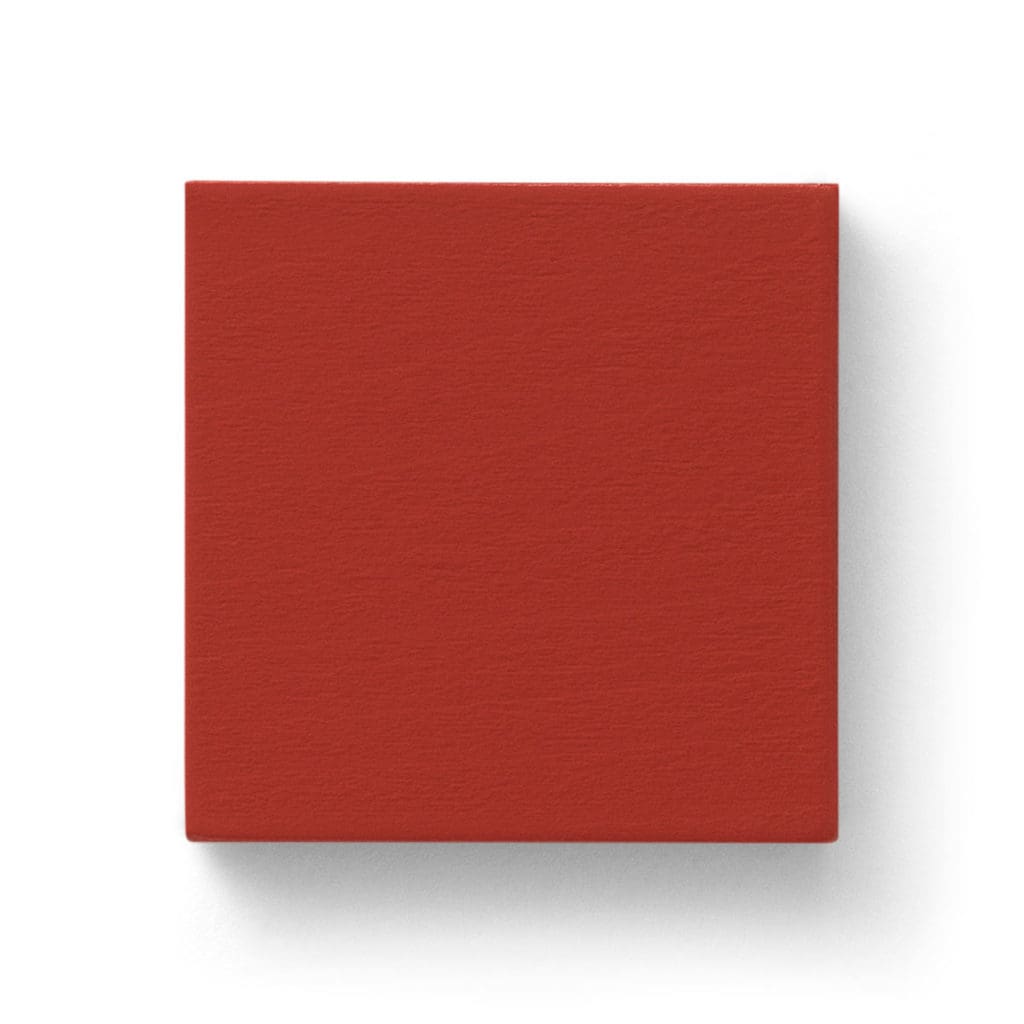
31. Rubbing Brick
A rich, rusty red that takes its name from a Georgian brickwork technique in which soft clay bricks were tapered by hand.
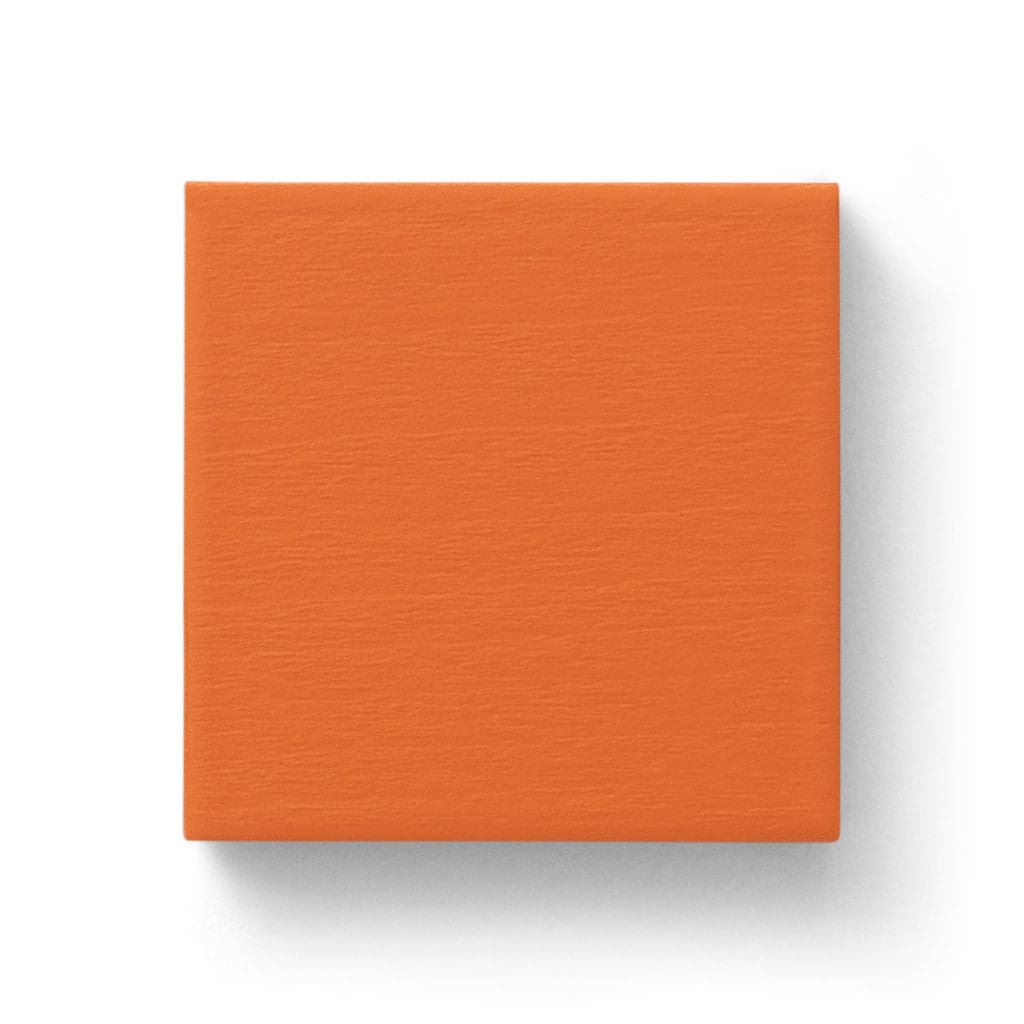
32. Candied Peel
A soft orange, inspired by the sticky-sweet, preserved peel confection.
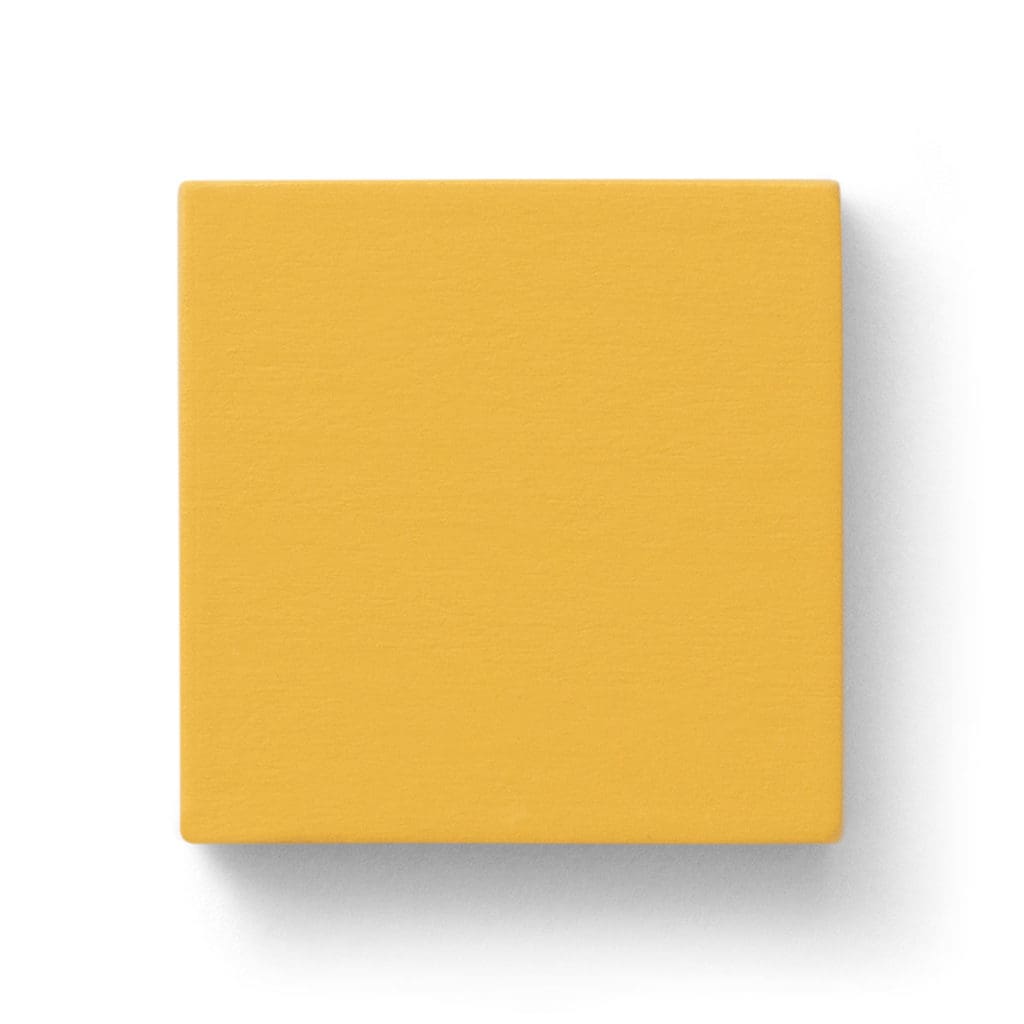
33. Nicotine
This lived-in murky gold speaks of storied interiors, where the fug of tobacco has long since faded.
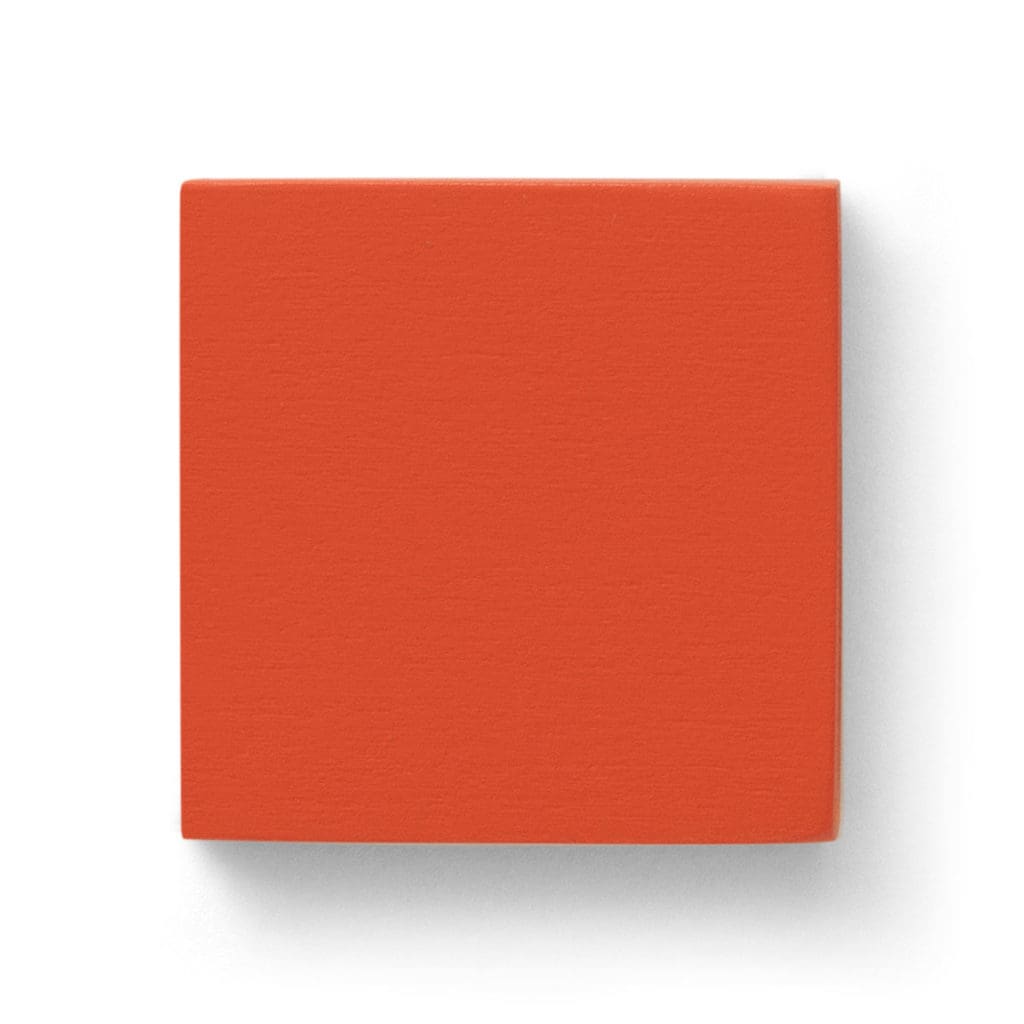
34. Medlar Jelly
This strong orange takes its name from the glowing Victorian preserve, best served with roasted game.
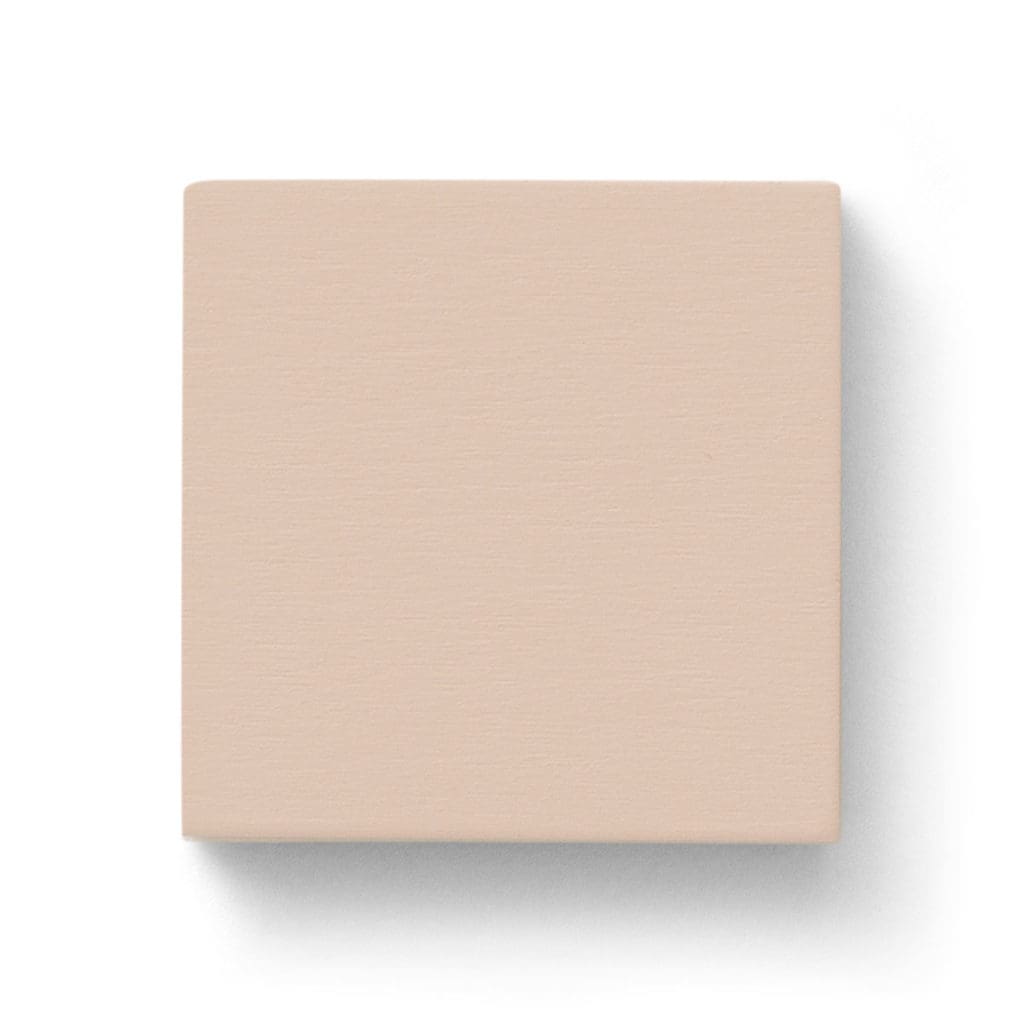
35. Silver Polish
Inspired by the gentle, chalky pink of Goddard’s liquid silver polish.
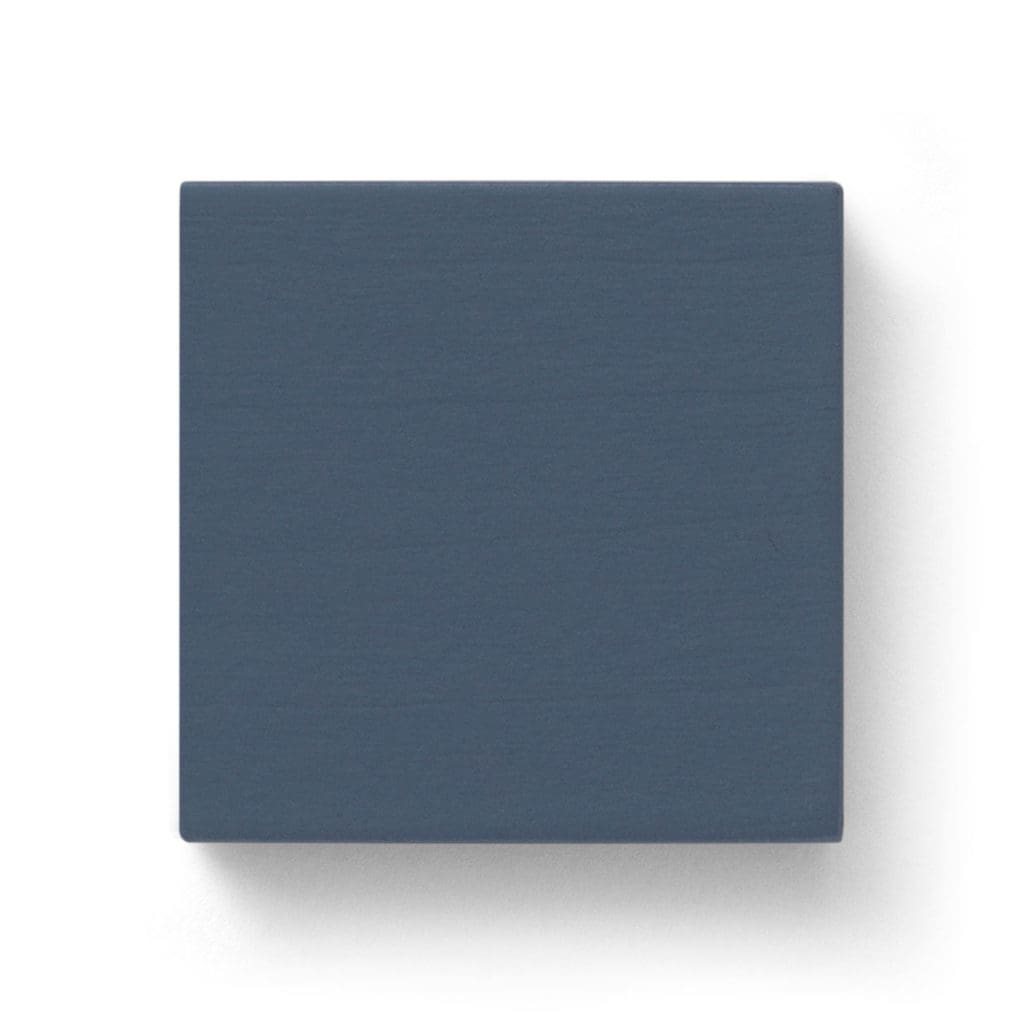
36. Bib and Braces
This subdued blue references the faded indigo aprons, overalls and boiler suits worn daily by farmers, craftsmen and mechanics since the 1800s.


